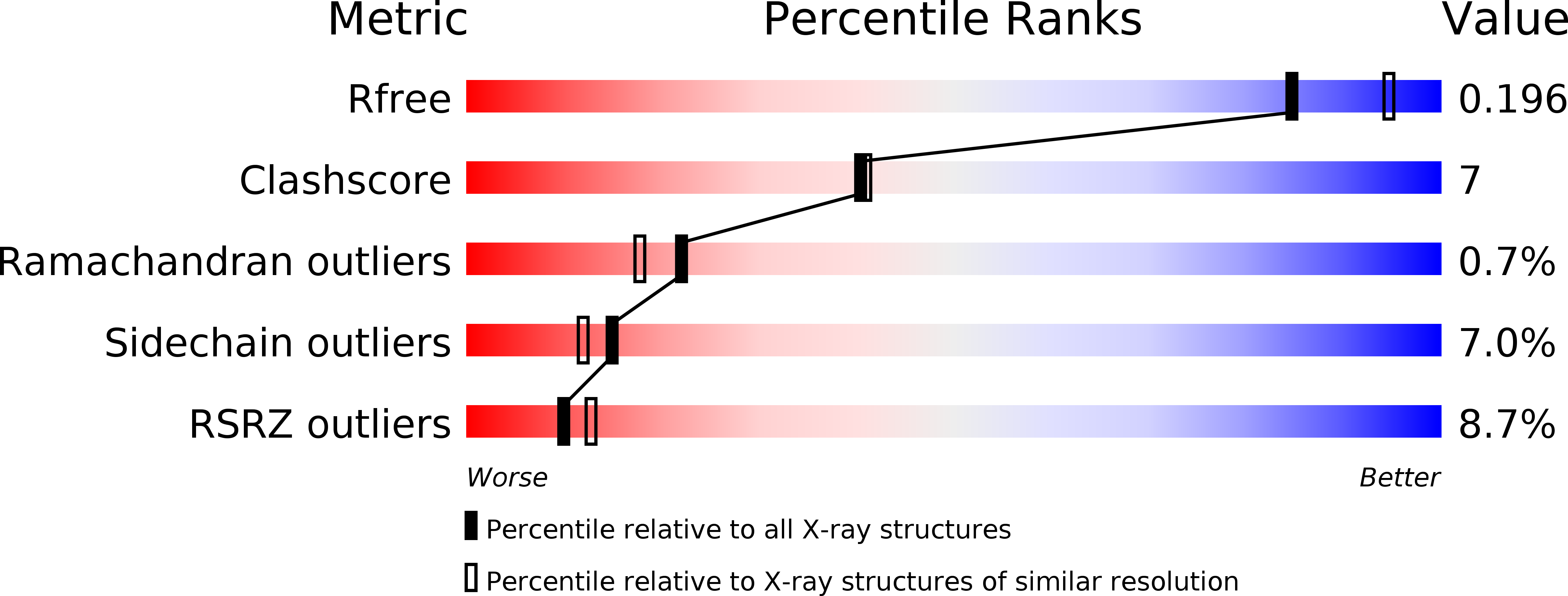
Deposition Date
2010-01-15
Release Date
2010-10-27
Last Version Date
2023-09-06
Entry Detail
PDB ID:
3LEO
Keywords:
Title:
Structure of human Leukotriene C4 synthase mutant R31Q in complex with glutathione
Biological Source:
Source Organism:
Homo sapiens (Taxon ID: 9606)
Host Organism:
Method Details:
Experimental Method:
Resolution:
2.10 Å
R-Value Free:
0.19
R-Value Work:
0.17
R-Value Observed:
0.17
Space Group:
F 2 3


